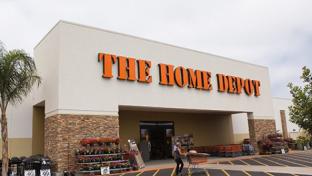-
Amazon to offer other retailers Dash Cart, reaffirms 'Just Walk Out'
Amazon has provided new insights into its plans for its smart shopping cart ("Smart Cart") and "Just Walk Out" checkout-free technologies. -
Walmart links category performance, ad data
Walmart is giving participants in its retail media network access to category performance metrics.











